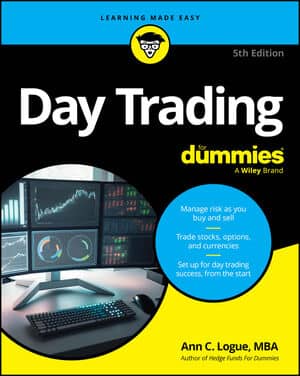Many day traders lose money, and those losses can be magnified by the use of leverage strategies (trading with borrowed money), meaning that they can lose more money than they have in the quest for larger profits. If the customer who lost the money can’t pay up, then the broker is on the hook. If too many customers lose money beyond what the broker can absorb, then the losses ripple through the financial system, and that’s not good.
The Financial Industry Regulatory Authority (FINRA) has a long list of rules that its member firms have to meet in order to stay in business. One, known as NASD Rule 2520, deals specifically with day traders. It sets the minimum account size and margin requirements for those who fit the definition of day traders, and here's a hint: The requirements are stricter for day trading than for other types of accounts, to reflect the greater risk.
FINRA defines day trading as the buying or selling of the same security on the same day in a margin account (that is, using borrowed money). Execute four or more of those day trades within five business days, and you are a pattern day trader, unless those trades were 6 percent or less of all the trades you made over those five days.
The National Futures Association does not have a special definition of day trading because futures trades by their very nature are short term.
Here’s why it matters: If you're a pattern day trader, you can have a margin of 25% in your account, which means you can borrow 75% of the cost of the securities that you're trading. Most customers are only allowed to borrow 50%. That’s because pattern day traders almost always close out their positions overnight, so there is less risk to the firm of having the loan outstanding. However, you have to have a margin account if you're a pattern day trader. This means you have to sign an agreement saying that you understand the risks of borrowing money, including that you may have to repay more than is in your account and that your broker can sell securities out from under you to ensure you pay what is owed.
Under Rule 2520, you have to have at least $25,000 in your brokerage account. If you have losses that take your account below that, you have to come up with more money before your broker will allow you to continue day trading. You can’t plead your case because the broker has to comply with the law. In fact, if you don’t make the deposits necessary to bring your account up to at least $25,000 and at least 25 percent of the amount of money you’ve borrowed within five business days, you have to trade on a cash basis (no borrowing), assuming the firm will even let you trade.
The rules set by FINRA and other self-regulatory organizations are minimum requirements. Brokerage firms are free to set higher limits for account size and borrowing, and many do so in order to manage their own risks better.

